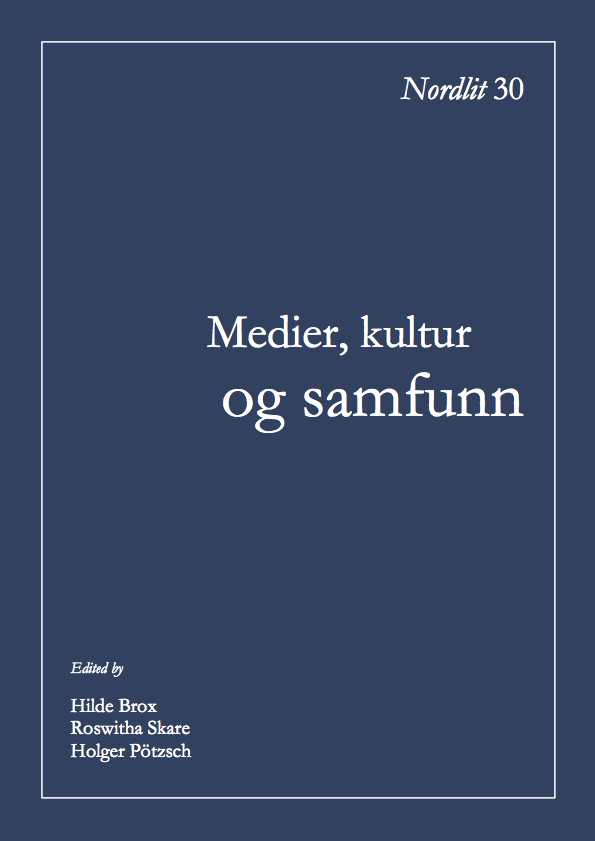Why Build Dewey Numbers? The Remediation of the Dewey Decimal Classification System
DOI:
https://doi.org/10.7557/13.2383Keywords:
Dewey Decimal Classification, WebDewey, Number building, Remediation, Data compression, Directed graph, Facet representationAbstract
Correct Dewey classification is demanding and time consuming. Many of the challenges with the Dewey system are related to locating and interpreting notes (i.e. classification guidelines), and number building.
Today’s Dewey structure is a result of more than 100 years of optimizing a comprehensive classification system to the printed book medium. In order to limit the system into a “manageable” size, facets and facet-like subjects are represented only once and instead referred to from relevant classes for number building. A similar technique is used to reduce the number of notes.
With the remediation of Dewey from printed to computer media, space is not limited and there is no need to compress the classification system. Number building can be eliminated, and all relevant notes attached to each class. Despite the fact that the system now has been available in electronic form for almost 20 years, it is still largely a copy of the printed version.
This article first investigates how the Dewey system may be presented for users without number building, in order to make it more immediate and user-friendly. We first analyze the Dewey structure, and then look at different representations of the structure suited for computer media. Finally, some ideas for a new presentation without number building are proposed.









